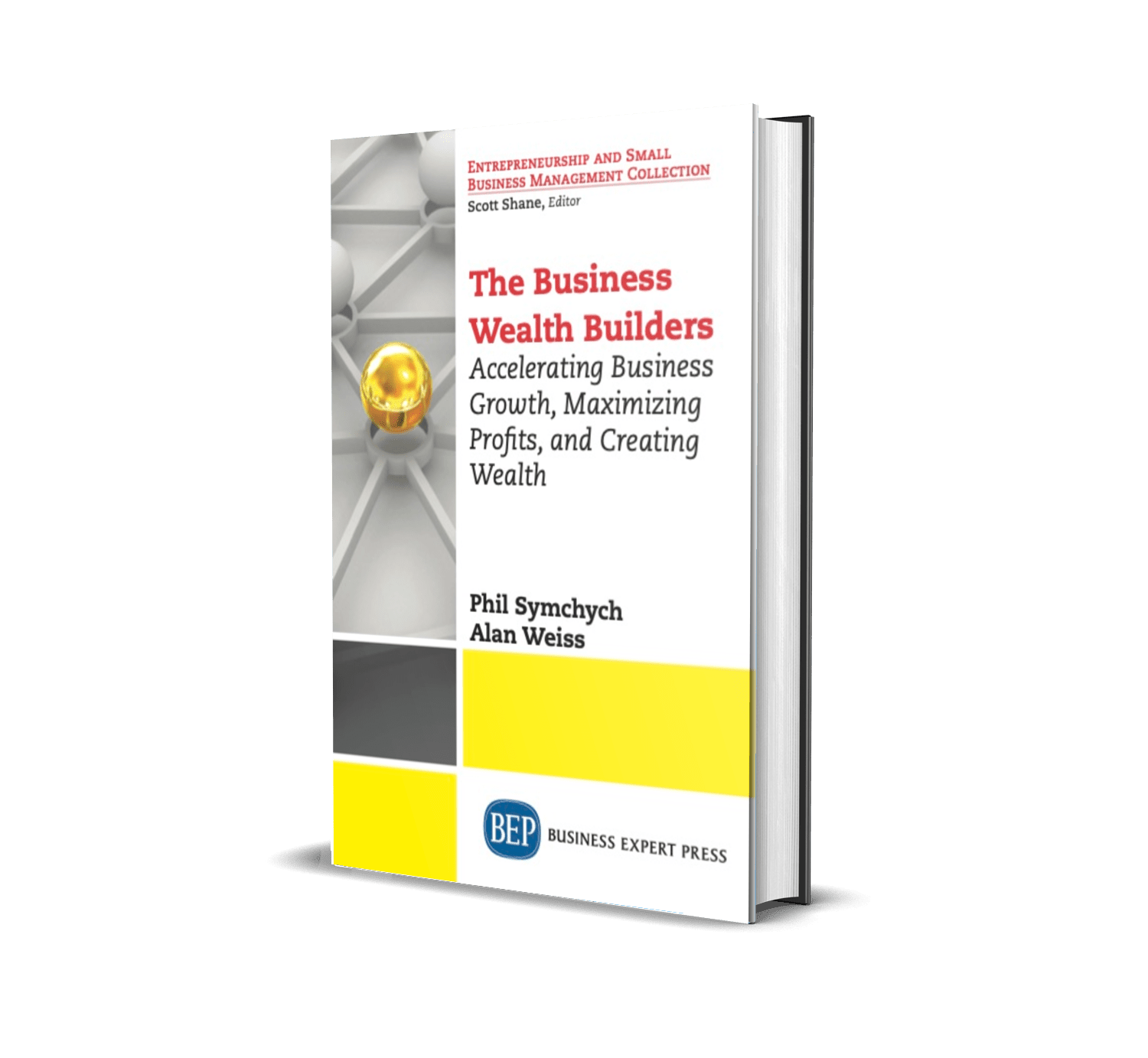As my wife and I get ready to become empty-nesters in 2020, our plans got accelerated. Here’s what happened.
We were out one warm and sunny Sunday September afternoon and stopped for ice cream at Milky Way.
Driving home after an ice cream extravaganza, we came across an open house, which my wife cannot pass by.
“Do you want to stop?” she asked, expecting my normal negative answer.
Being happily full of ice cream and sugar, I surprisingly said “Yes!”
So, we stopped, went in, liked the place, and put an offer down. That was one expensive ice cream.
Our empty nest plan was taking shape quickly.
Except, we hadn’t told the bird still in the nest about our plans. This bird was surprised and not so happy. She didn’t like this nest for a variety of reasons, mostly because the situation was rushing her into adulthood (and moving out!) faster than she had planned.
The good news is we pulled out of the first offer and found another nest that was even nicer, made an offer, and bought it. So, we’ve been busy packing and moving this last while.
Now, all the birds are happy. Except…
The new nest is half the size of the old nest. How do we get rid of half our stuff?
It’s amazing how much stuff we accumulated once we had the space, needed rakes and shovels for our yard, previously ran a business in an office with employees, and then brought all the furniture and supplies back home once the employees and businesses evolved.
As we now prioritize, downsize, purge, sell, donate, recycle, and throw out, it’s amazing how much less stuff we can live with, happily.
We shouldn’t be surprised that we can function in less space with less stuff since we go camping every year.
- My four-bookcase library is now reduced to one bookcase, Kindle, and Audible books.
- A ten by ten-foot storage room is reduced to a hall closet.
- A double garage with full perimeter shelving is reduced to a single garage with one wall of shelves and one vehicle parked outside.
- A freezer full of frost burned meat and other unrecognizable stuff is gone forever. We’ll eat like the Europeans, more fresh food daily.
And now, we are more functional, spend less time cleaning and storing stuff, and have more time for travel and enjoying life. Less work. More fun.
In business, you can reduce the clutter and downsize to help you provide more value to your customers more quickly, and generate more revenues and profits.
So, the questions for our businesses are:
- How much space is occupied by stuff from the past? What are the things you’d like to clean out but are too busy to do it now?
- When was the last time you cleaned out the clutter and seriously downsized? This includes inventory, unprofitable customers, and procedures that no longer add value. Challenge all your expenditures and occupiers of time and space.
- How much of your day (and your employees’ day) is spent on old and unproductive habits (like looking for stuff, including information, among the clutter) instead of adding value to customers or attracting new customers or enhancing your offerings?
- What percentage of your time is on reactive problem solving instead of proactive growth and development?
- How can you leverage technology to replace paper, reduce delays, increase speed, and provide more value to your customers?

